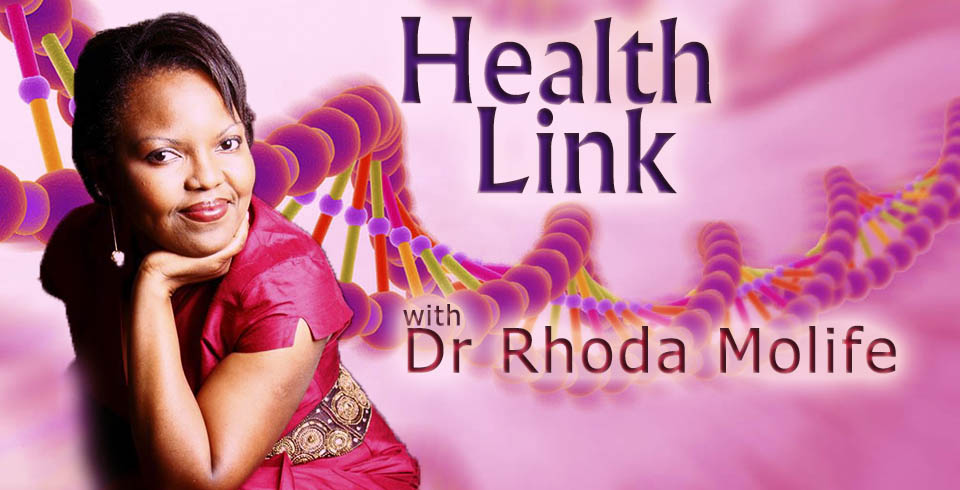Following on from the first 2 articles where we talked about how cancers develop, and the risk factors that can increase our chances of getting cancer, you may probably be able to answer the question ‘who gets cancer?’ Well, the answer is, anyone can get cancer, but the biggest risk factor for getting cancer is age. Most cancers are found in people over the age of 55. Here are a few more facts around who gets cancer.
Age and cancer
- The most common cancer found in children is leukemia (cancer of the blood cells).
- The most common cancers in young adults (up to the age of about 24) are lymphoma, (cancer of the lymph nodes or lymph glands) testicular cancer (the testicles are the 2 egg shaped organs found next to the penis which make sperm) and leukemia.
- In adults over 25 years, the most common cancers depend on gender (male or female) and geography. This is related to the risk factors that have the most effect in a particular group of people.
Gender, geography and cancer
- In Zimbabwe, the most common cancers in men are prostate cancer, Kaposi’s sarcoma (a cancer of the cells that line the blood vessels and lymph glands) and skin cancer. In women the most common cancers are cancer of the cervix, Kaposi’s sarcoma and breast cancer.
- In the whole world, the most common cancers in men are prostate, lung and bowel cancer, and in women the most common are breast, bowel and cancer of the cervix.
- Prostate, bowel, lung and breast cancer are more common in the economically developed countries (‘western’) than in the economically developing countries. But this pattern is changing as lifestyles change.
- Liver cancer is most commonly found in Mid- and Western Africa and East and South-East Asia and is related to Hepatitis B being common in those areas.
- Cancer of the cervix is most common in Central and Southern Africa, South America and South Central Asia and is mostly because these countries do not have a system that allows women to get checked regularly for pre-cancerous cells (cells that have the ability to turn into cancer, but if treated, do not develop into a full-blown cancer) on the cervix (you might know this as a smear test or pap smear). This is standard in many economically developed and developing countries.
- Kaposi’s sarcoma was very rare before the AIDS epidemic. It was mostly seen in Mediterranean, Middle Eastern and Eastern European men over the age of 50. It became more common as AIDS increased but can actually be found in anyone whose immune system is low. In anyone with HIV, Kaposi’s sarcoma defines AIDS, but where effective treatments for AIDS are available, Kaposi’s sarcoma is becoming rare again.
The good news
Cancer is becoming more common, partly because we are living longer and partly because ways of diagnosing (picking up) cancers have improved so much. But it’s also because our lifestyles and behaviours all over the world are changing; we are exposing ourselves to more risk factors that make our chances of getting cancer higher. The good news though, is that we are not only getting better at diagnosing but also at treating cancers. Some cancers can be cured. Some of those that cannot be cured can be controlled well enough for people to live longer than they used to. From a world-wide perspective, it’s now about making everyone benefit from these improvements.
Next article: How do I know if it’s cancer?
















